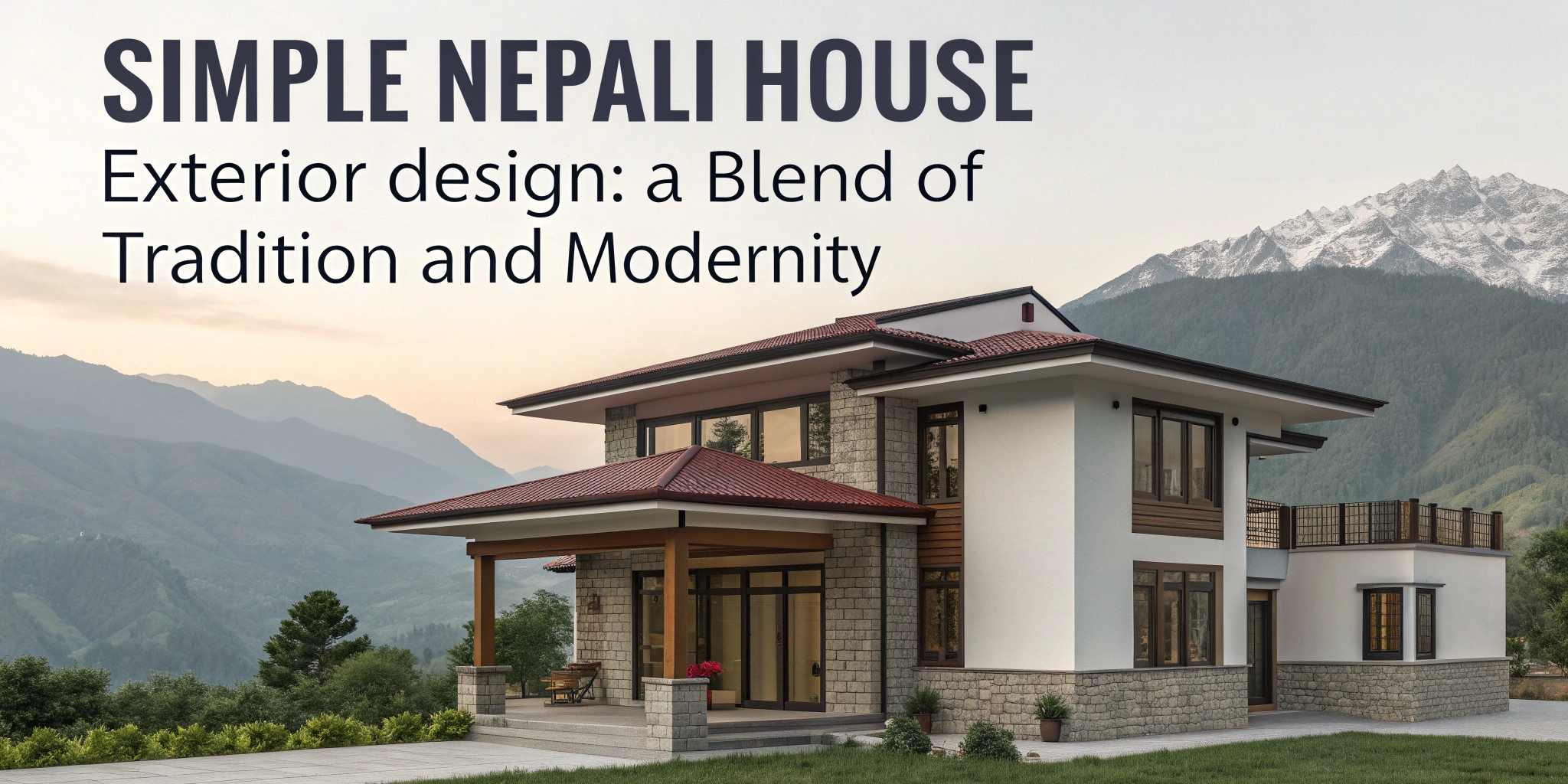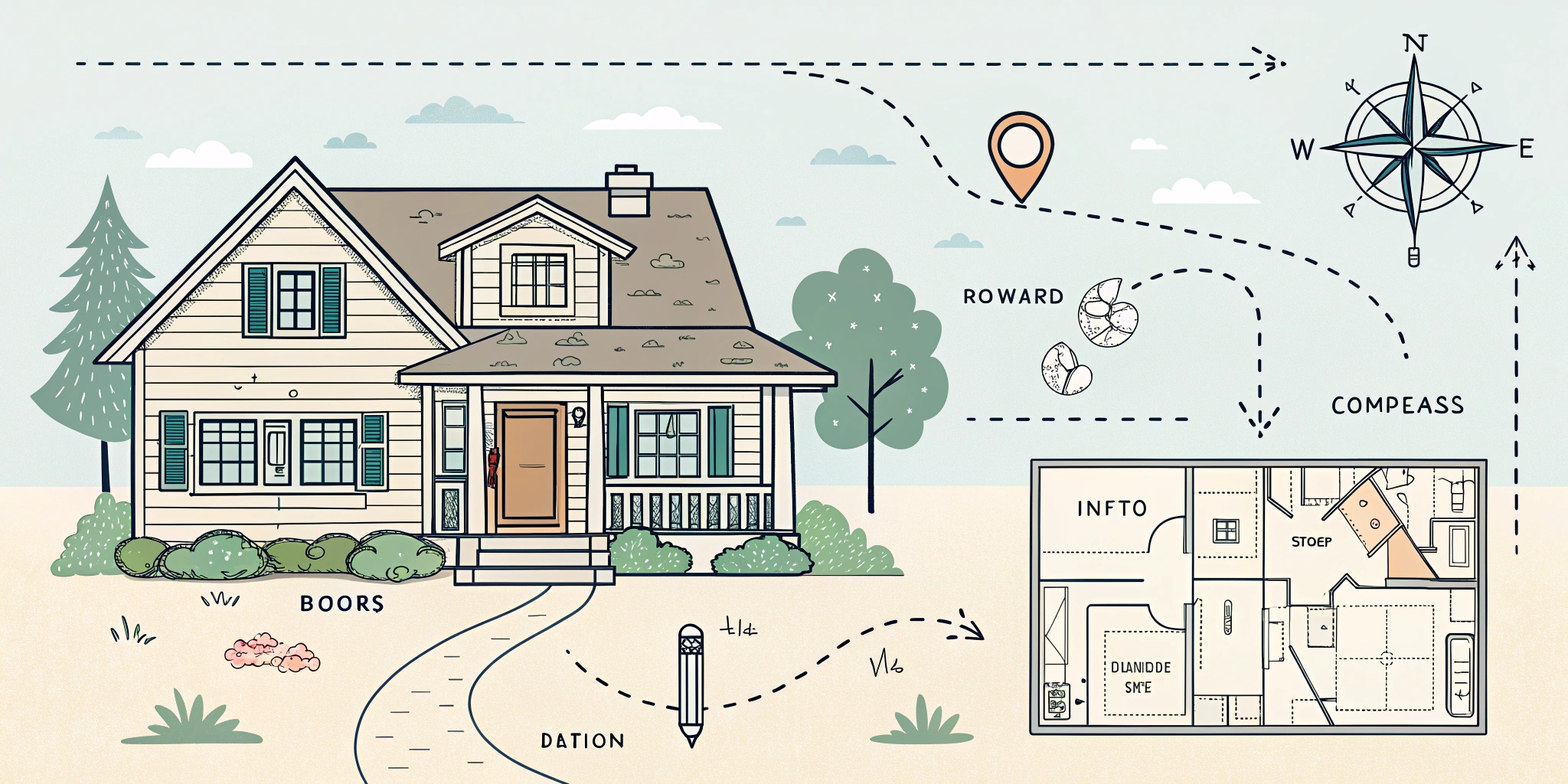
Top Trends in Modern Home Construction
- 24 Jan, 2025
Minimalist Architecture: Why Less is More
Minimalist architecture isn’t just about owning fewer things; it’s about creating a home that feels open, peaceful, and purposeful. Think of those spaces where every corner has a role, and nothing feels out of place. It’s the opposite of clutter—your rooms breathe, and so do you. By focusing on clean lines, functional design, and open layouts, minimalist homes offer simplicity without sacrificing comfort. You won’t miss the chaos; instead, you’ll gain a sense of calm that lets you truly enjoy your space.
Letting Your Space Shine
Imagine walking into a home where everything is thoughtfully placed, and nothing screams for attention. That’s the magic of minimalist design. It’s all about highlighting the beauty of the space itself—the light streaming through large windows, the natural textures of wood or stone, and the subtle contrast of neutral colors. You don’t need fancy decorations or oversized furniture to make a statement. Instead, the space itself becomes the hero, and every element works together to create a harmonious vibe. It’s a design philosophy that encourages you to focus on what matters most.
Easier to Maintain, Easier to Love
Here’s a secret you’ll love: minimalist homes are way easier to clean and maintain. With fewer objects cluttering up your shelves and floors, you’ll spend less time dusting and organizing. Plus, minimalist design often uses durable, high-quality materials that are built to last, meaning less repair work over time. You’ll save hours every week, and who doesn’t want that? The simplicity extends to your mind, too—less stuff means fewer decisions to make, giving you more mental space to focus on what truly matters.
A Timeless Trend That Adapts to You
Minimalist architecture isn’t just trendy—it’s timeless. While other design fads come and go, the “less is more” philosophy stands strong. Minimalism adapts to you, no matter your style or preferences. Want a cozy vibe? Add soft throws and textured rugs. Prefer something sleek and modern? Stick to clean lines and muted tones. The beauty of minimalism is its flexibility; it complements your personality instead of overshadowing it. Plus, its timeless appeal ensures your home will look fresh and stylish for years to come.
In a world that constantly pushes you to do more, buy more, and own more, minimalist architecture offers a refreshing alternative. It’s not about living with nothing; it’s about living with purpose. By embracing simplicity, you can create a home that feels bigger, brighter, and more relaxing. And let’s be honest—who doesn’t need a little extra peace and clarity in their life? So, go ahead, embrace the “less is more” mantra, and watch as your space (and your mindset) transforms for the better.
Sustainable Materials Shaping Future Homes
Imagine building a home that’s as kind to the planet as it is beautiful. That’s the promise of sustainable materials. These are materials that are responsibly sourced, energy-efficient, and durable—making them a win for both the environment and your wallet. Choosing sustainable options doesn’t mean you have to compromise on style or quality. In fact, it’s quite the opposite! You’re investing in a future-proof home that feels good to live in and good to live with.
What Makes a Material Sustainable?
Not every material is created equal. Sustainable materials are those that have a minimal impact on the environment. Think reclaimed wood, bamboo, or recycled metal—materials that take less energy to produce or repurpose. They’re often renewable, biodegradable, or designed to last a long time. For instance, bamboo grows quickly, making it an excellent alternative to traditional hardwood. Recycled steel, on the other hand, saves tons of resources compared to new production. When you choose sustainable materials, you’re not just making a smart choice for your home—you’re making a small but meaningful choice for the planet.
A Cozy Home with Less Carbon Footprint
You might be wondering if sustainable materials feel different or look too “rustic.” Spoiler alert: they don’t! In fact, homes built with sustainable materials can look modern, cozy, or anything in between. For example, cork flooring isn’t just eco-friendly—it’s warm, soft underfoot, and naturally resistant to mold. On top of that, materials like reclaimed wood or exposed bricks bring unique character to your home, telling their own little stories. You get all the charm of a well-designed space while reducing your carbon footprint. It’s like having your cake and eating it, too!
Long-Term Savings Wrapped in Style
Here’s the thing: sustainable materials aren’t just good for the planet—they’re great for your wallet in the long run. Many eco-friendly options, like insulated panels or energy-efficient windows, help you save on heating and cooling costs. Yes, the upfront cost might feel a little steep, but think of it as an investment in a future with fewer utility bills. Plus, sustainable materials are often more durable, meaning you’ll spend less on repairs and replacements. And let’s be honest, fewer maintenance headaches are always a good thing, right?
Building a home with sustainable materials isn’t just about following trends—it’s about setting yourself up for a better future. You’ll enjoy a home that’s stylish, efficient, and uniquely yours while also knowing you’ve done your part for the planet. It’s a feel-good decision that keeps on giving, whether you’re soaking up the warmth of a cork floor or basking in the glow of natural light through energy-efficient windows. Sustainable materials are shaping the homes of tomorrow, and they’re ready to shape yours too. So, why not take the leap and build a home that truly reflects your values?
The Rise of Smart Home Integrations
Smart home integrations are no longer just sci-fi dreams—they’re here, and they’re making everyday life smoother and more exciting. Imagine a home that turns off lights when you leave, brews your coffee when you wake up, or adjusts the temperature while you’re cozy on the couch. It’s all about convenience, efficiency, and a touch of futuristic fun. Whether you’re a tech enthusiast or a casual user, smart home tech has something for everyone.
Convenience at Your Fingertips
Let’s be honest—who doesn’t love the idea of controlling everything with a tap on your phone? Smart home devices let you manage your lights, locks, thermostats, and even your appliances without leaving your favorite chair. Forgot to lock the front door on your way to work? No problem—lock it remotely in seconds. Need to dim the lights for movie night? Just ask your voice assistant, and voilà! It’s convenience like never before, giving you more time to relax and less time stressing over little things.
Energy Efficiency Made Simple
Smart home integrations aren’t just about cool gadgets; they’re also great for the planet and your wallet. Smart thermostats, for example, learn your daily routine and adjust the temperature to save energy when you’re not home. Smart plugs and lights can help cut down on electricity usage by turning off devices you forgot about. Over time, these small energy savings add up, meaning lower bills for you and a greener planet for everyone. Who knew saving the environment could feel this effortless?
A Safer, Smarter Home
If peace of mind had a price, smart home security systems would be worth every penny. With smart cameras, doorbells, and motion detectors, you can keep an eye on your home from anywhere in the world. Getting alerts when someone’s at the door—or when a package is delivered—makes life so much easier. Plus, smart locks let you grant temporary access to friends, family, or delivery drivers without handing out physical keys. Your home feels safer, and you feel more in control, even when you’re miles away.
Smart home integrations aren’t just a trend—they’re a lifestyle upgrade that makes your daily routines simpler, smarter, and more enjoyable. From cutting down energy costs to creating a personalized living experience, the possibilities are endless. And let’s not forget the pure joy of saying, “Hey, turn on the lights,” and watching your home obey like magic. So, whether you’re dipping your toes into the world of smart devices or going all-in, one thing’s for sure: smart homes are here to stay, and they’re making life a whole lot better.
Open-Concept Living: Benefits and Challenges
Open-concept living has taken modern home design by storm, and it’s easy to see why. The idea of removing walls to create one big, open space feels liberating and fresh. It’s the perfect setup for entertaining, keeping an eye on the kids, or simply enjoying an airy vibe. But like anything in life, open-concept living comes with its share of benefits and challenges. So, is it the right choice for you? Let’s dive in and find out!
Bright, Airy, and Oh-So Spacious
One of the biggest perks of open-concept living is how light and spacious it feels. Without walls to block natural light, your space instantly feels brighter and bigger. Imagine cooking dinner in the kitchen while chatting with friends lounging in the living room—it’s like everyone’s together, even when they’re doing their own thing. Open layouts are also incredibly versatile, giving you the freedom to arrange furniture in ways that suit your lifestyle. It’s all about making the most of your space and feeling connected, no matter where you are.
The Noise Factor: A Love-Hate Relationship
While open-concept living has its perks, there’s no denying that noise can be a challenge. Without walls to absorb sound, conversations, clanging pans, and the TV all blend together. Hosting a dinner party while someone’s watching a movie in the same space? Things can get a little chaotic. But don’t worry—you can work around this. Rugs, curtains, and soft furnishings help muffle noise, while strategic furniture placement creates cozy zones. Sure, you’ll still hear the occasional clatter, but hey, that’s part of the charm, right?
Finding Your Personal Space
Another challenge with open-concept living is the lack of privacy. Sometimes, you just want a quiet corner to unwind, and that’s harder to find in an open layout. Whether you’re working from home or need a moment to yourself, the absence of walls can feel a bit overwhelming. But don’t worry, you can still carve out private nooks! Bookshelves, dividers, or even plants can create cozy spaces without ruining the flow of the room. It’s all about striking the right balance between openness and personal space.
Open-concept living is a fantastic way to create a home that feels inviting, spacious, and modern. It’s perfect for social butterflies who love hosting or families who want to feel connected. Yes, you might have to deal with a bit of noise and less privacy, but with a few clever tricks, you can enjoy the best of both worlds. So, if you’re dreaming of a home that flows seamlessly and feels alive, open-concept living might just be your new favorite design trend!




